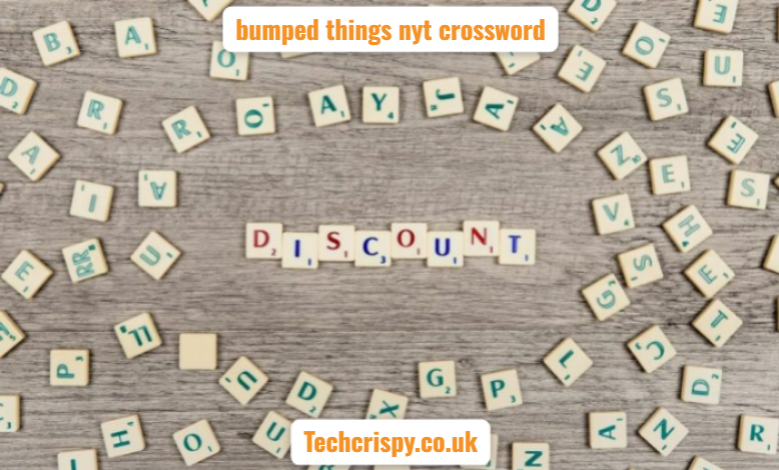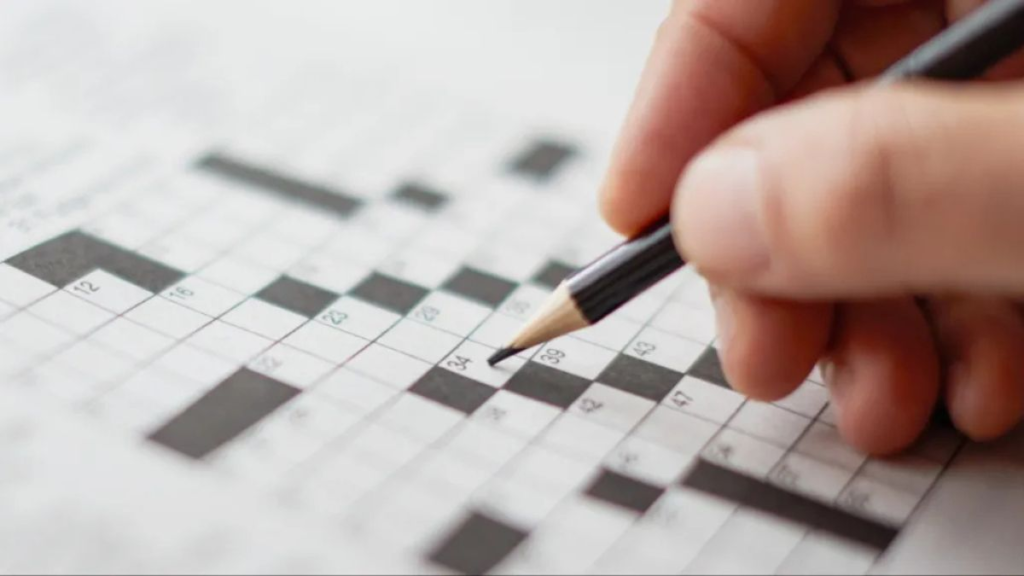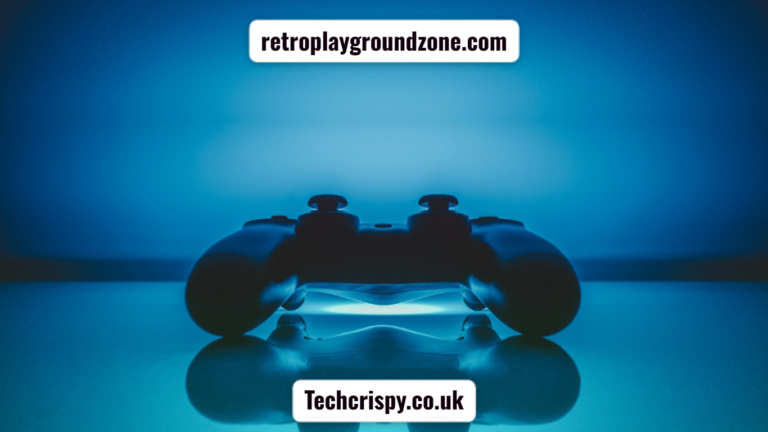
Crossword puzzles have long been a source of entertainment, mental exercise, and enjoyment for puzzle enthusiasts worldwide. Among the many puzzles available, the New York Times (NYT) crossword is regarded as one of the most challenging and rewarding puzzles. A popular clue that appears in various forms is “bumped things,” which often causes puzzlers to scratch their heads. In this article, we will explore what this clue could mean, dive into the intricacies of NYT crossword clues, and offer some strategies to help you solve similar puzzles. So, let’s uncover the mystery behind “bumped things” and how you can improve your crossword-solving skills!
What Does “Bumped Things” Mean in a Crossword Puzzle?
When you come across a clue like “bumped things” in the NYT crossword, the first thing to do is consider multiple meanings of the word “bumped.” In crossword puzzles, the clues often rely on wordplay, so understanding the different nuances of the word can help lead to the correct answer. “Bumped things” might refer to objects that have been physically moved, objects that are out of place, or even things that have been interrupted. This wordplay is what makes crossword clues so interesting and, at times, tricky.

Literal Meaning
In a literal sense, “bumped things” could refer to objects that have been jostled, moved, or knocked into something else. For instance, if you’re solving a puzzle and the clue is “bumped things,” you might think of items like furniture, vehicles, or objects in a space that have been bumped or shifted.
Figurative Meaning
On the other hand, “bumped” can also be used in a figurative context. For example, it could refer to events that have been “bumped” or rescheduled—like meetings or plans that were altered due to unforeseen circumstances. This type of figurative usage can often be the key to solving a crossword clue that seems puzzling at first glance.
Phrasal Idioms
Another aspect to consider is whether “bumped things” relates to any phrasal idioms. In many crossword puzzles, answers are hidden within common phrases or sayings. “Bumped things” could hint at the phrase “bumped into,” which refers to meeting someone unexpectedly or accidentally. In such a case, the answer might be something along the lines of “people” or “encounters.”
Understanding NYT Crossword Puzzle Clues
NYT crossword clues are known for their difficulty and complexity. They come in various types, including direct definitions, wordplay, homophones, and cryptic clues. Let’s take a closer look at the types of clues you may encounter in a crossword puzzle like the NYT one.
Straightforward Definitions
Some clues are straightforward definitions where the answer is a direct synonym of the clue itself. For example, if the clue is “bumped things,” and the answer is “items moved,” it’s simply defining objects that were shifted or jostled. This is the simplest type of clue to solve, but still, the trick lies in interpreting the words accurately.
Wordplay and Double Meanings
A significant part of crossword puzzles is wordplay. For instance, “bumped things” could involve a double meaning where “bumped” refers both to physical action and to a figurative or slang term. Recognizing the use of double meanings can be essential when solving these puzzles. It might require a bit more lateral thinking to spot the connection.
Homophones and Puns
Homophones, words that sound alike but have different meanings or spellings, often come up in crossword clues. “Bumped things” could be a homophone for something entirely unrelated, requiring you to think outside the box. A good example might be considering if “bumped” could sound like a word that fits into the puzzle grid, such as “bumpy” or “bump.”
Why “Bumped Things” Is Challenging
“Bumped things” as a crossword clue is tricky because it encourages solvers to consider multiple interpretations of the same word. Often, puzzlers will get stuck on one idea and miss the solution. The challenge is in recognizing that the clue might not be as literal as it first appears.
Furthermore, the length of the word or the pattern of letters in the puzzle grid will often guide you to the right answer. While this can provide clues, it also limits your options, making it more difficult to guess correctly.
Strategies for Solving NYT Crossword Puzzles
As anyone who regularly solves crosswords knows, developing a set of strategies can dramatically improve your puzzle-solving skills. Here are some tips to help you solve NYT crossword clues like “bumped things” more effectively:
1. Look for Common Crossword Clues
Over time, you’ll begin to recognize certain common crossword clues that appear again and again. These often have set answers, and knowing them can save you time. For instance, short words like “Oreo,” “era,” “ate,” and “act” frequently show up. Familiarizing yourself with these will help you quickly fill in gaps in the grid.
2. Use the Crossword Grid to Your Advantage
One of the biggest aids in solving a crossword puzzle is the grid itself. The intersecting letters in the puzzle will provide hints for the words that cross them. Even if you don’t know an answer immediately, filling in as many clues as possible will help you narrow down options for more challenging clues.
3. Embrace Lateral Thinking
Crossword puzzles often require you to think outside of conventional meanings. Puns, homophones, and alternate meanings for words are commonplace. For example, instead of focusing solely on physical things that have been bumped, you might consider abstract interpretations like ideas, schedules, or even expectations.
4. Try the “Backtracking” Technique
If you’re stuck on a clue like “bumped things,” try filling in other parts of the puzzle first. This process of backtracking can help you come back to difficult clues with a fresh perspective once you have more letters filled in.
5. Practice Regularly
The more often you solve crossword puzzles, the better you will get at them. Puzzles like the NYT crossword get progressively harder as the week goes on, but regular practice will help you develop the ability to recognize patterns, meanings, and clue types more easily.
How “Bumped Things” Fits Into the Puzzle

When “bumped things” appears in a bumped things nyt crossword, it is often the result of skilled wordplay. For example, the solution could involve a term for something like “items moved,” “shuffled,” or “altered.” Often, crossword constructors use clues that play on these multiple meanings to create puzzles that engage solvers in creative thinking. The solution might also rely on colloquial expressions or idiomatic phrases that come from everyday language.
Common Pitfalls to Avoid
When solving tricky crossword clues like “bumped things,” it’s easy to fall into a few common traps. Here are some pitfalls to watch out for:
Overthinking
While it’s good to consider multiple meanings, sometimes the simplest solution is the right one. Don’t overcomplicate the process by thinking too hard about abstract ideas.
Ignoring Letter Patterns
bumped things nyt crossword are all about patterns. If you’re stuck, don’t ignore the letter patterns that you already have. These can often point you in the direction of a solution more quickly.
Disregarding Crossword Conventions
Crossword clues often follow certain conventions, like abbreviations, historical references, and set phrases. Being familiar with these conventions can help you recognize the correct answers faster.
Conclusion
The bumped things nyt crossword puzzle presents a fascinating challenge for solvers, and clues like “bumped things” exemplify the clever wordplay that makes these puzzles so fun and rewarding. Understanding the various meanings of words and adopting strategies like lateral thinking, pattern recognition, and regular practice can greatly enhance your crossword-solving skills. Remember, the more puzzles you solve, the more you’ll refine your ability to crack even the trickiest clues. So, the next time you encounter “bumped things” in your puzzle, don’t be afraid to explore all the different meanings and approaches to get to the correct answer!
FAQs
1. What does “bumped things” mean in crossword puzzles?
“Bumped things” typically refers to objects or events that have been moved or altered. It can also be a figurative expression, depending on the context of the puzzle.
2. How can I improve my crossword-solving skills?
To improve, practice regularly, learn common crossword conventions, use the grid to your advantage, and embrace lateral thinking to crack tricky clues.
3. What are some common crossword clue strategies?
Some strategies include looking for repeated clue patterns, filling in easier clues first, and using the intersecting letters to solve difficult clues.
Also Read This: G360VN: Unlocking the Power of Digital Innovation in 2025



